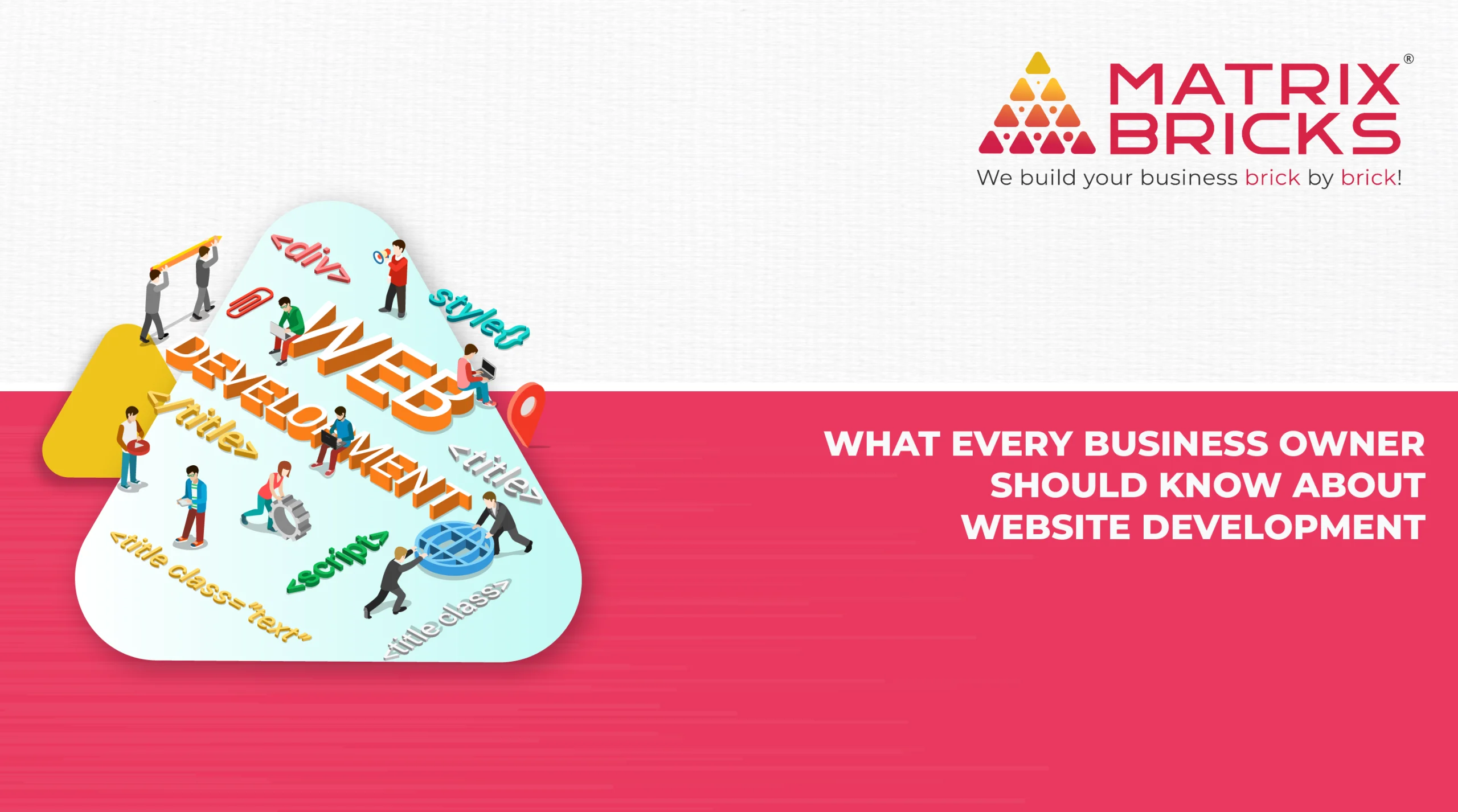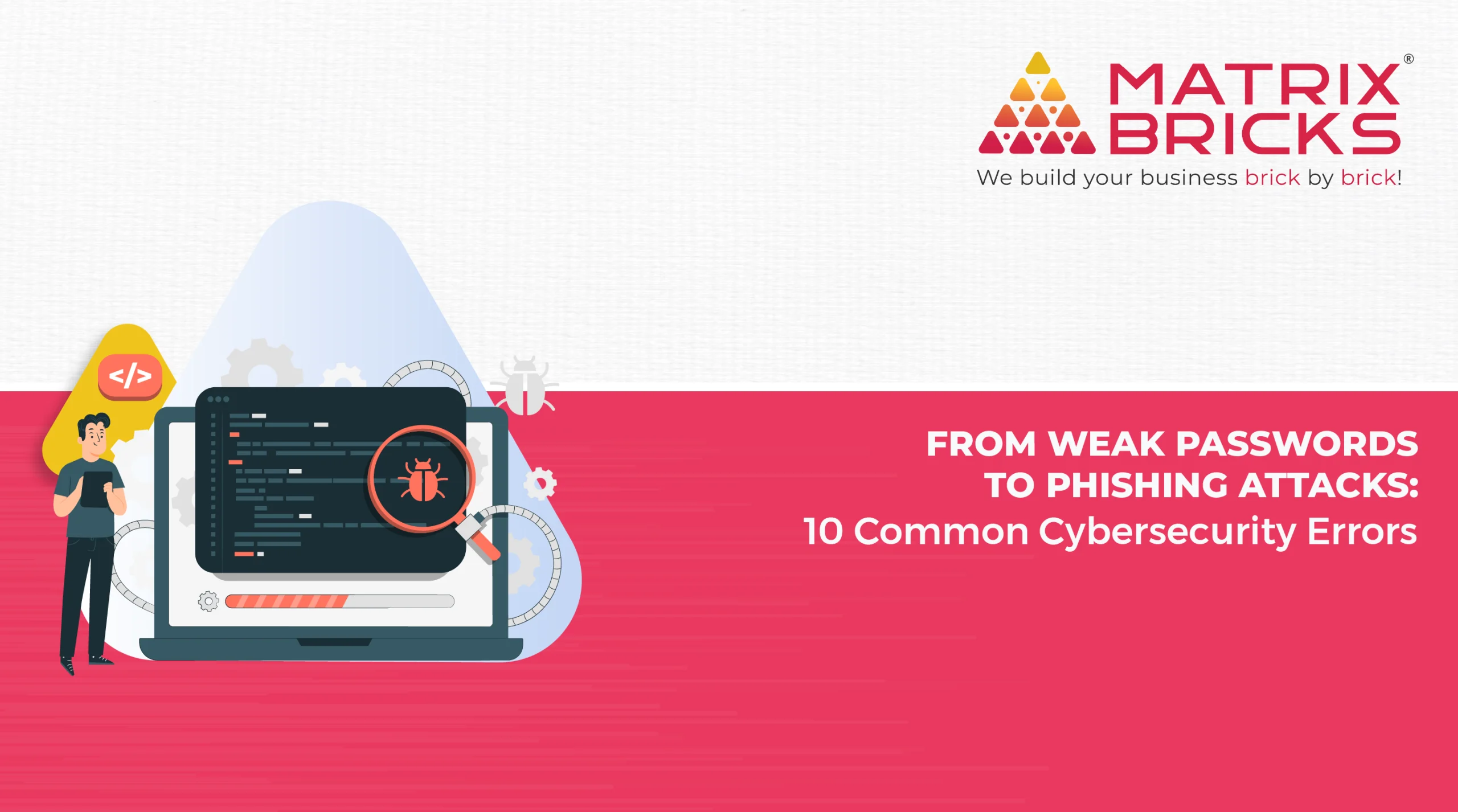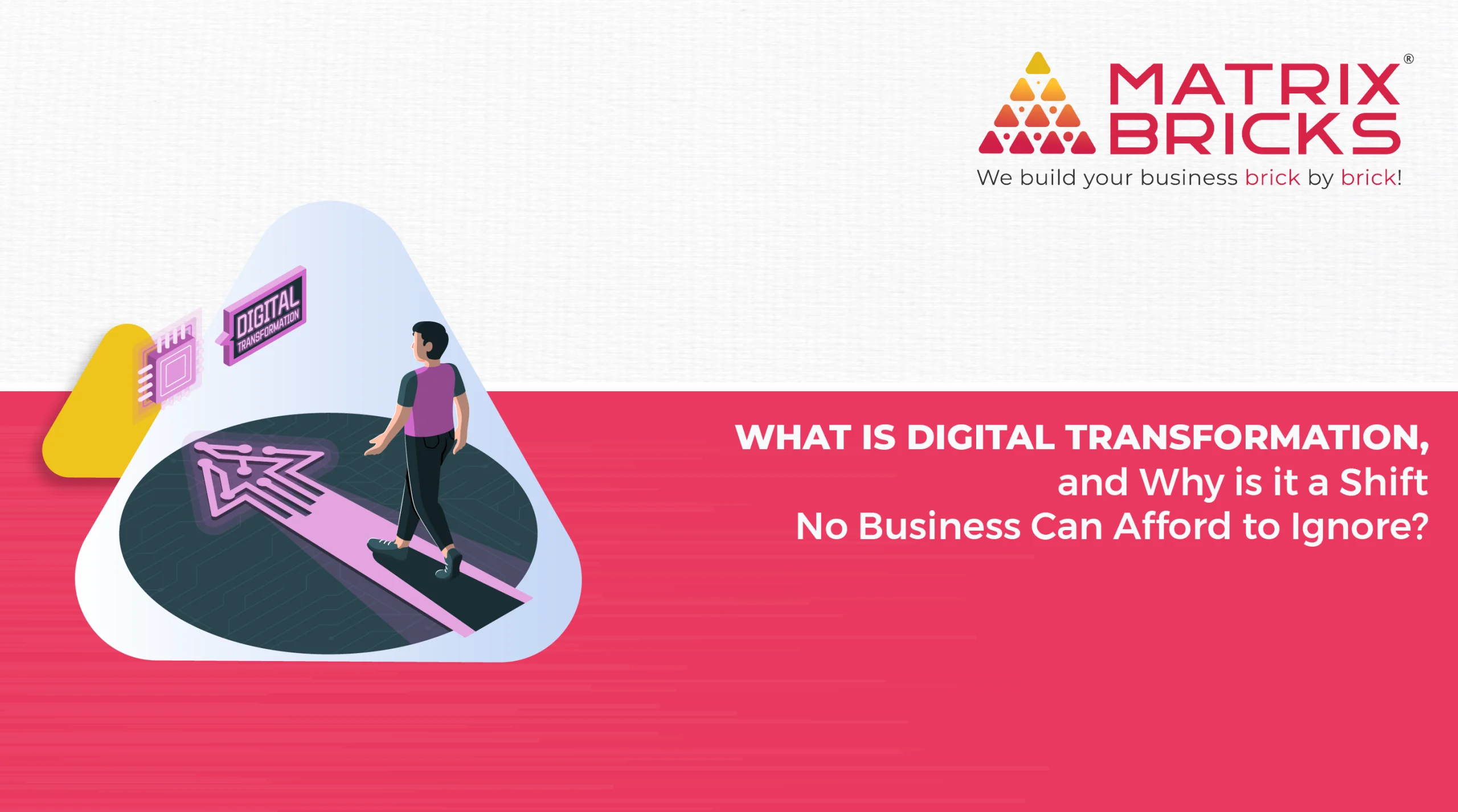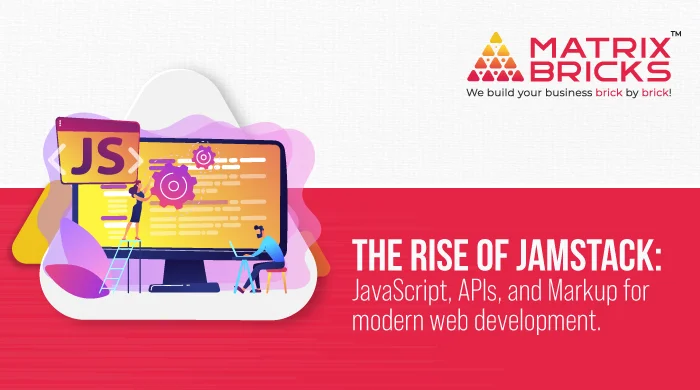
In the fast-paced world of web development, staying ahead of the curve is essential for crafting exceptional user experiences. Traditional monolithic architectures have limitations, hindering developers from achieving the desired performance, scalability, and security. However, a new paradigm has emerged that is revolutionizing web development – Jamstack. By combining JavaScript, APIs, and Markup, Jamstack introduces a decoupled and flexible approach that has garnered widespread adoption in the tech industry. In this blog post, we will explore the rise of Jamstack, its core principles, and how it’s reshaping the way we build modern websites.
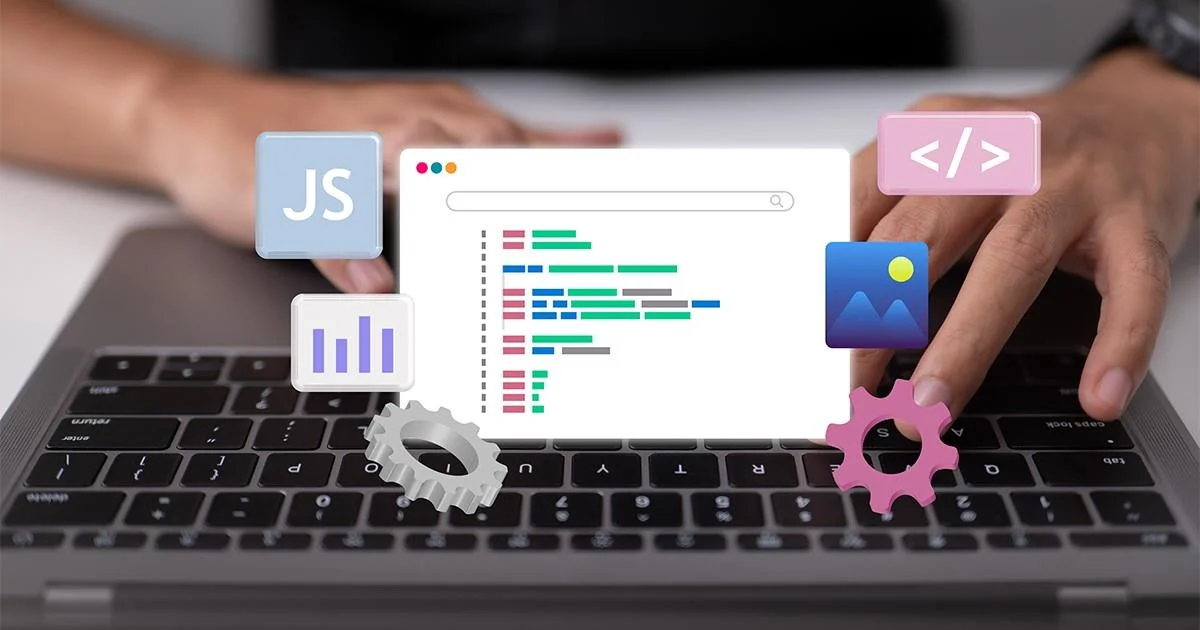
Decoding Jamstack:
Jamstack, an acronym for JavaScript, APIs, and Markup, is a modern web development architecture that emphasizes decoupling the frontend from the backend. The foundation of Jamstack lies in pre-rendering static files that are served via Content Delivery Networks (CDNs), reducing server load and improving page load times. This approach enhances the performance and allows developers to build faster, more responsive websites that cater to the needs of the modern internet user.
Unleashing Speed:
In the age of instant gratification, website speed is paramount to retaining users. Jamstack excels in delivering unparalleled speed by generating static assets during the build process. These pre-rendered files are then distributed across a global network of CDNs, ensuring near-instantaneous loading times for users, irrespective of their geographical location. The speed of Jamstack empowers businesses to engage their audiences quickly and keep them coming back for more.
Harnessing APIs:
APIs are the connective tissue of modern web development, and Jamstack makes full use of their power. By incorporating third-party APIs and microservices, developers can access a wide range of functionalities without the need to manage complex backend infrastructures. This modularity enables seamless integration with various services, such as payment gateways, authentication systems, and database operations, further streamlining the development process.
Embracing Scalability:
Scalability is a critical aspect of web development, particularly for businesses experiencing rapid growth. Jamstack’s decoupled architecture allows for independent scaling of frontend and backend components. Since the frontend serves static files, it can be easily cached and distributed via CDNs, reducing the server load and ensuring optimal performance during traffic spikes. This scalability ensures that websites can handle varying workloads without compromising user experience.
Bolstering Security:
Security is a top concern for both businesses and users in the digital age. Jamstack addresses these concerns by mitigating several security risks associated with traditional monolithic architectures. With static frontend assets and managed APIs, the attack surface is significantly reduced, making it harder for malicious actors to exploit vulnerabilities. Additionally, with Jamstack’s emphasis on separating user data from application logic, sensitive information remains better protected, enhancing overall data security.
The Future of Jamstack:
The popularity of Jamstack continues to soar as developers and businesses recognize its transformative potential. Companies of all sizes, from startups to enterprise-level organizations, are adopting Jamstack to leverage its performance, scalability, and security advantages. Furthermore, the Jamstack ecosystem continues to expand, with the emergence of new tools, frameworks, and services dedicated to supporting this innovative architecture.
As technology evolves, we can expect Jamstack to evolve with it, driving web development towards even greater heights. The future of Jamstack looks promising, with ongoing advancements in headless CMS solutions, serverless functions, and front-end frameworks. Embracing Jamstack today sets the stage for future growth and innovation, providing developers and businesses with a competitive edge in the ever-evolving digital landscape.

Conclusion:
The rise of Jamstack represents a paradigm shift in web development, revolutionizing the way we build modern websites and applications. By embracing a decoupled architecture that leverages JavaScript, APIs, and Markup, developers can deliver blazing-fast, scalable, and secure digital experiences to users worldwide. With the flexibility to integrate various third-party services and microservices, Jamstack empowers businesses to stay agile and responsive to market demands.
As the web development community continues to embrace the power of Jamstack, the future holds exciting possibilities for innovation, growth, and seamless user experiences. Whether you’re a developer, business owner, or tech enthusiast, exploring Jamstack is a must to unlock the full potential of modern web development. So, join the Jamstack movement today and be at the forefront of the digital revolution.


